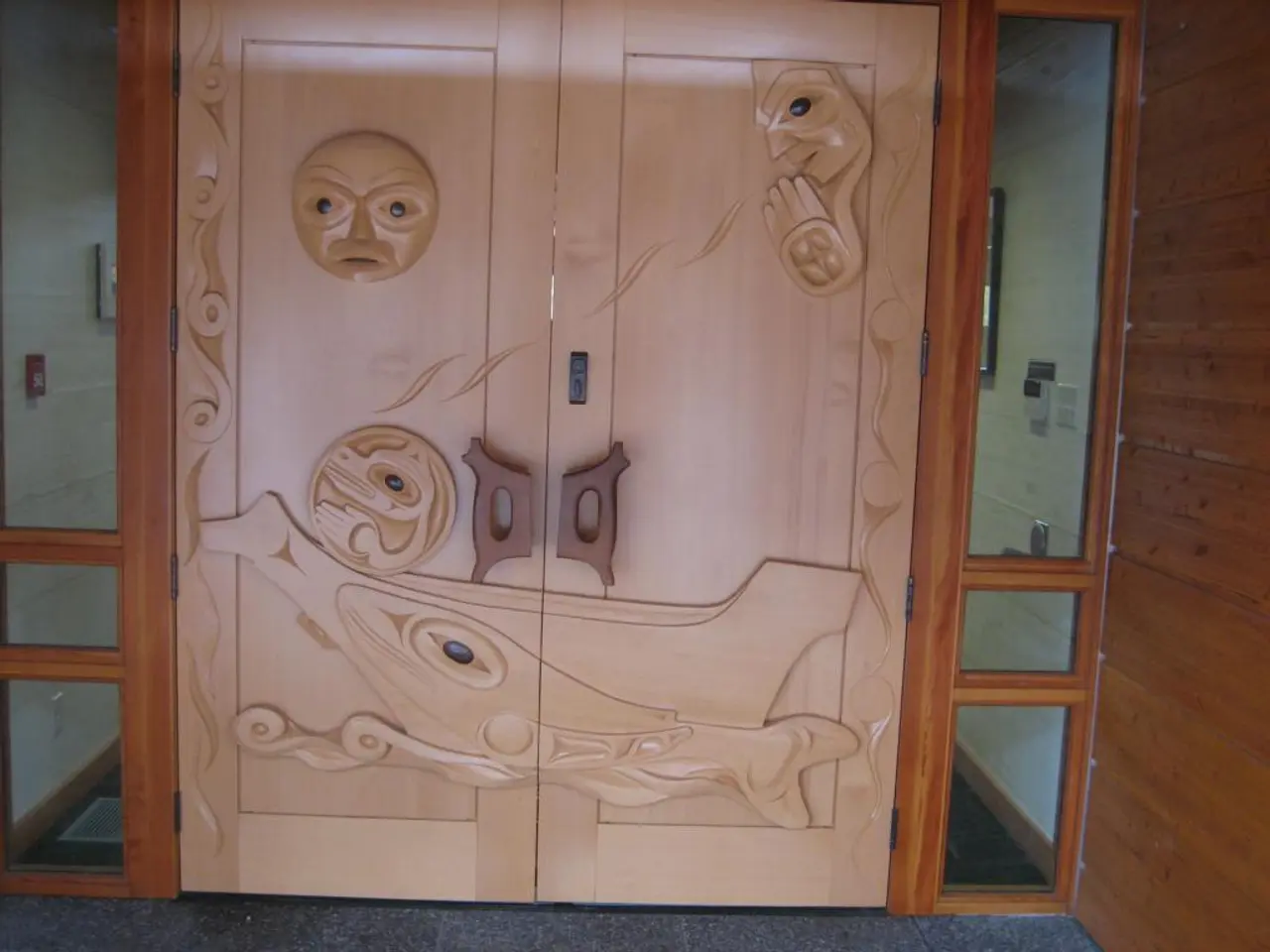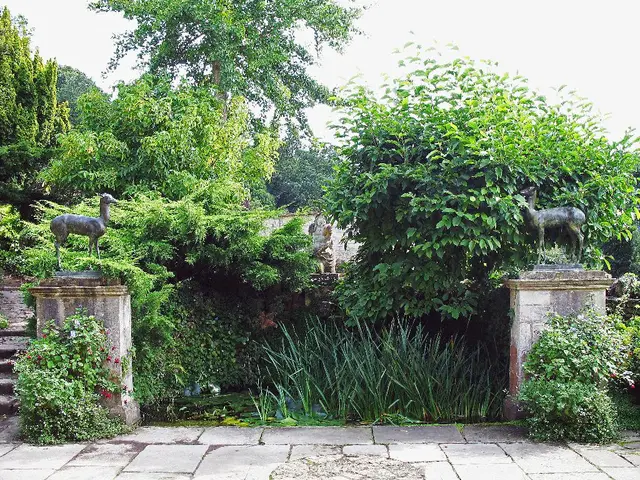Encouraging Environments for All: Inclusive Design Approach
In the world of high-end residential architecture, the concept of inclusivity is gaining momentum as architects strive to incorporate principles of accessibility and universality without compromising luxury or aesthetics. This approach, often referred to as universal design, aims to create welcoming environments that accommodate individuals of all abilities.
The image of a little girl at a block party remains a powerful reminder of our responsibility to create environments free from barriers. By thoughtfully combining universal design principles and luxury architectural elements, high-end residential spaces can be truly inclusive.
Key strategies in this design philosophy include barrier-free access, spatial planning, sensory inclusivity, accommodating neurodiversity and cognitive differences, adjustable or flexible elements, material selection, human-centric design philosophy, and integration with luxury.
Barrier-free access involves incorporating no-step entries, wide doorways, ramped access, and lever-style door handles at appropriate heights to support mobility devices. Sensory inclusivity encompasses lighting that minimizes glare and provides balanced contrast, tactile signage such as braille for vision-impaired individuals, and visual cues to assist those with hearing impairments.
Spatial planning ensures clear circulation paths and sufficient space for mobility aids through thoughtful layout and proportion, supporting ease of navigation and comfort. Accommodating neurodiversity and cognitive differences involves designing with sensory calmness in mind—balanced acoustics, soothing color palettes, and furniture that adapts to a range of body sizes and needs.
Incorporating adjustable or flexible elements, such as adjustable-height countertops and adaptable furniture, allows for personalization and aging-in-place possibilities. Material selection includes the use of non-slip flooring, low-VOC and allergen-resistant materials that contribute to both health and accessibility, aligning luxury with sustainability and wellness.
The human-centric design philosophy emphasizes natural light, warm textures, and appropriately scaled architectural features to create spaces that feel comfortable, safe, and inviting rather than imposing or sterile. Integration with luxury involves attention to detail—such as fine textures, elegant finishes, and a blend of traditional with contemporary style—ensuring that accessibility is seamless and unobtrusive.
Examples of this approach include the UD House in Tokyo, which uses wide passageways and level floors for aging residents, and Scandinavian designs that focus on flow, comfort, and community interaction without compromising style.
Designing homes for accessibility is not just about incorporating structural features; it's about fostering a culture of inclusivity. Wider doorways and hallways promote a sense of fluidity within the space. Each adjustment offers a chance to tell a story—of resilience, connection, and joy.
Every small change can lead to significant outcomes. Helping redesign a friend's home that incorporated thoughtful accessibility features served as a reminder that accessibility can coexist seamlessly with style and aesthetic appeal. Observing parents interacting with individuals of all abilities at a local center instilled a profound appreciation for user-friendly and welcoming spaces.
Each of us has a role in transforming our communities into places where everyone feels valued and included. Isn't the essence of community found in the shared experiences and collective attempts to lift one another up? Let's unify our efforts in designing for accessibility and inclusion, ensuring that no one is left behind in our pursuit of a true home.
Encountering a booth dedicated to tactile surfaces and auditory signals for visually impaired individuals highlighted the potential of innovative design to reshape how people interact with their homes and communities. The encounter at a neighborhood block party sparked a curiosity about how our built environments often exclude those with physical disabilities.
In conclusion, the integration of universal design principles and luxury architectural elements can lead to the creation of truly inclusive homes that cater to diverse physical, sensory, and cognitive abilities while delivering elegant, welcoming spaces. By embracing this philosophy, we can foster a culture of inclusivity and create environments that enrich the lives of all its inhabitants.
- In the realm of luxury home-and-garden design, the merger of universal design principles and high-end architecture could foster an inclusive lifestyle, catering to various physical, sensory, and cognitive abilities without sacrificing aesthetics.
- Media depicting fashion events and beauty pageants can benefit from adopting inclusive strategies, mirroring the approach in high-end residential spaces by incorporating sensory inclusivity, accessibility features, and human-centric design philosophy.
- With a universal design philosophy guiding landscaping and gardening choices, home-and-garden media can promote the creation of welcoming environments in outdoor spaces, ensuring that individuals of all abilities can partake in and enjoy the beauty of nature.



